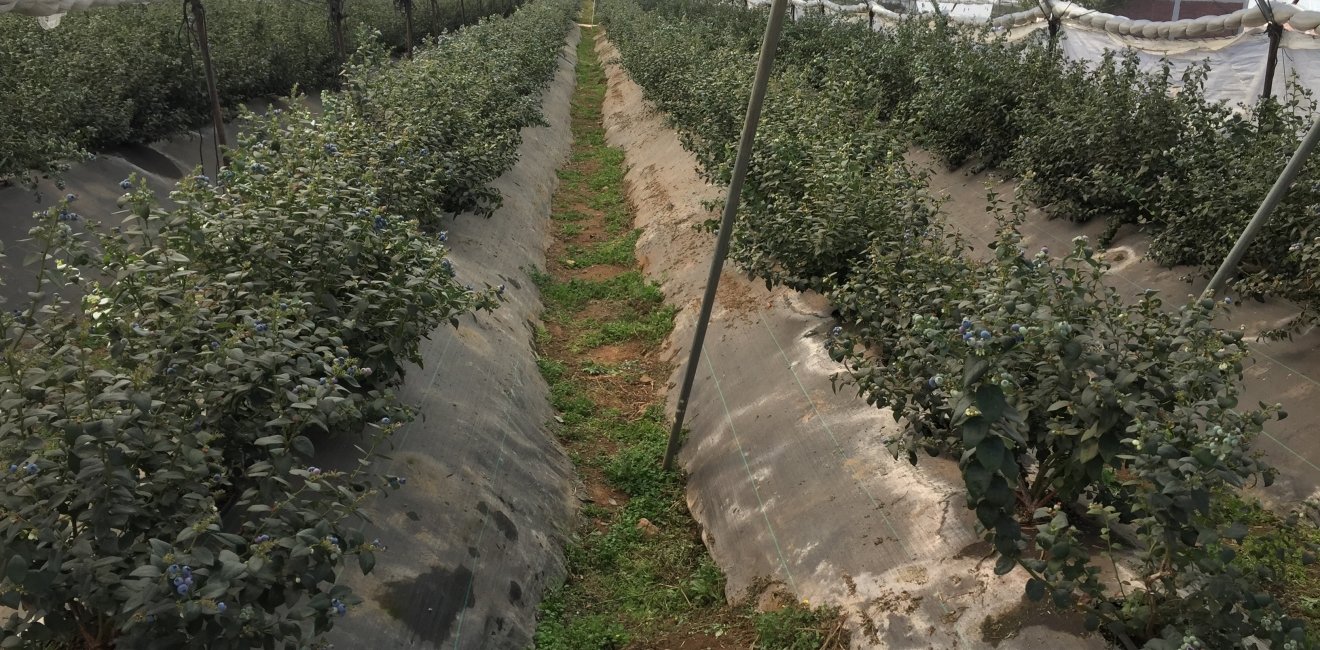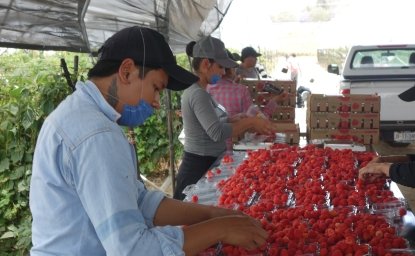Case Study: Esmeralda
This case study is a part of the Mexico Institute's project "Farm Labor and Mexico’s Export Produce Industry."
This case study is a part of the Mexico Institute's project "Farm Labor and Mexico’s Export Produce Industry."

Esmeralda is a young woman, 21 years of age, from Chilapa de Álvarez, Guerrero. Her father’s and mother’s families have land on which they plant corn, beans, limes, tomatillos, and cilantro. When Esmeralda was four years old, her parents migrated to the United States, and she and her younger brother stayed behind with their paternal grandparents. After a year, the children joined their parents. Her father worked in kitchens and her mother did domestic work. When Esmeralda was eight years old, her parents separated because of her father’s physical abuse of her mother, who then became the family breadwinner. Economic difficulties caused the mother and children to return to Mexico, and the mother began seasonal work packing tomatoes, cucumbers, and chiles in Sinaloa. During this time, the children stayed with their maternal grandmother, supported by money sent by their mother.
At the age of 18, after a conflict with her mother, Esmeralda ran away with her boyfriend, dropping out of high school in her second year. After a few months, the couple migrated to southern Jalisco to work in the berry fields. They supported themselves and saved money to build their house in Pantitlán. While they were in Jalisco, Esmeralda began her reproductive trajectory. Since the birth of their first child, Esmeralda has not been able to work consistently, and the family has had problems saving money. She has no support for childcare. In one of her jobs, there was daycare, but Esmeralda and her partner decided to change employers to one that paid better and had better housing conditions. To continue working, Esmeralda had to pay a woman to care for her child. The woman, also from Guerrero, was in a similar situation, and began to do childcare for the other women working in the berry fields. After having her second child, it was Esmeralda who stayed at home to care for her own children as well as those of other berry workers. She is still doing so, although this is a temporary job, because the families return home at the end of the harvest. She sometimes goes with her partner to work in the harvest in a small field in Ciudad Guzmán that sells its berries to a large export firm, but she has no contract or benefits. It is an informal arrangement between the bosses and her partner: what Esmeralda harvests is credited to him. Her partner earns 200 pesos a day when he works by the day; during the harvest he is paid 15 pesos per box.
The beginning of her reproductive trajectory has meant an interruption in Esmeralda’s employment trajectory. She said she would like to return to work, but as long as they have no childcare options she cannot do so on a regular basis. Her work is an important part of the household income; since the birth of their second child, the family has been unable to save and has some debts. Esmeralda’s case is a clear example of the tensions between childcare and work outside the home, particularly for migrant women who have no solid networks of support.


The Mexico Institute seeks to improve understanding, communication, and cooperation between Mexico and the United States by promoting original research, encouraging public discussion, and proposing policy options for enhancing the bilateral relationship. A binational Advisory Board, chaired by Luis Téllez and Earl Anthony Wayne, oversees the work of the Mexico Institute. Read more



